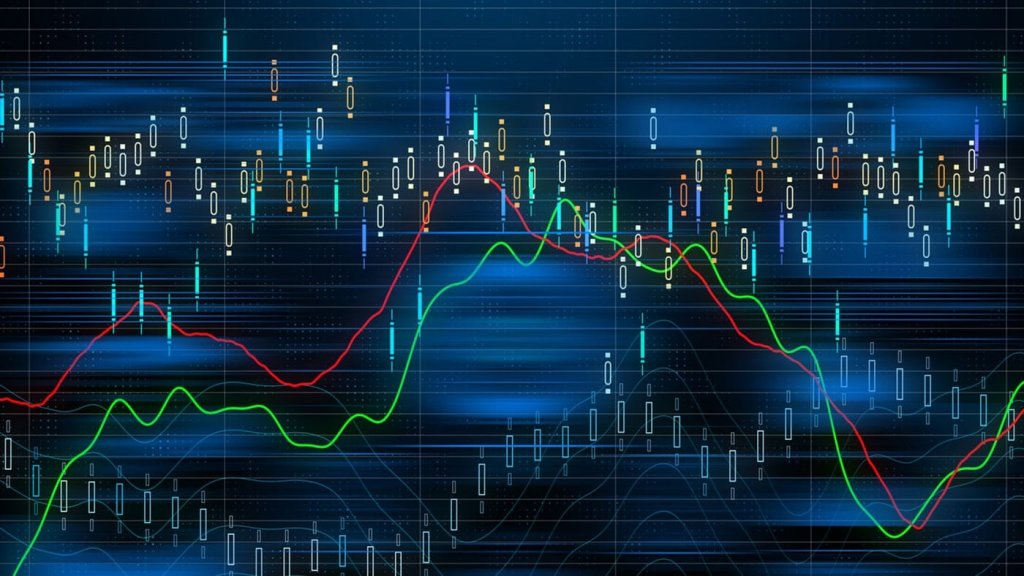” Forex trading, also known as international trade trading or currency trading, is the global marketplace for getting and offering currencies. It runs twenty four hours each day, five days per week, enabling traders to participate available in the market from everywhere in the world. The primary goal of forex trading is always to benefit from variations in currency change charges by speculating on whether a currency pair can rise or drop in value. Individuals in the forex market contain banks, financial institutions, corporations, governments, and specific traders.
Among the key top features of forex trading is its large liquidity, and therefore large sizes of currency can be purchased and offered without significantly affecting exchange rates. This liquidity guarantees that traders can enter and exit positions easily, permitting them to make the most of even small cost movements. Moreover, the forex industry is extremely accessible, with reduced barriers to access, letting persons to begin trading with relatively small amounts of capital.
Forex trading provides a wide variety of currency sets to business, including significant sets such as EUR/USD, GBP/USD, and USD/JPY, as well as slight and spectacular pairs. Each currency couple presents the change rate between two currencies, with the initial currency in the pair being the base currency and the 2nd currency being the offer currency. Traders may benefit from both growing and falling areas by getting long (buy) or short (sell) positions on currency pairs.
Successful forex trading needs a strong comprehension of simple and technical analysis. Basic evaluation requires evaluating economic indications, such as curiosity costs, inflation costs, and GDP development, to assess the main energy of a country’s economy and its currency. Technical evaluation, on another hand, involves examining cost graphs and patterns to identify tendencies and possible trading opportunities.
Chance administration can be necessary in forex trading to safeguard against potential losses. Traders usually use stop-loss purchases to restrict their drawback chance and utilize appropriate position sizing to make sure that no trade may considerably influence their over all trading capital. Furthermore, maintaining a disciplined trading approach and managing feelings such as greed and fear are crucial for long-term achievement in forex trading.
With the improvement of technology, forex trading has be more available than ever before. Online trading programs and mobile applications give traders with real-time access to the forex industry, letting them accomplish trades, analyze industry information, and manage their portfolios from any device. Moreover, the availability of instructional forex robot methods, including guides, webinars, and test reports, empowers traders to produce their abilities and improve their trading performance over time.

While forex trading offers significant gain potential, it also carries natural risks, like the possibility of significant losses. Thus, it is needed for traders to conduct complete study, create a noise trading strategy, and consistently monitor market conditions to create educated trading decisions. By staying with disciplined risk management practices and keeping educated about international economic developments, traders can increase their odds of accomplishment in the active and ever-evolving forex market.”
